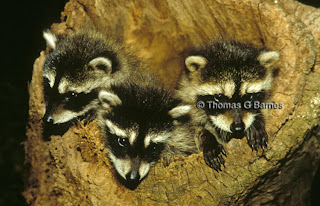Winter Adventure Weekend
January 24-26 at Carter Caves State Resort Park
by: Gil Lawson
OLIVE HILL, Ky. – Carter Caves State Resort Park will present a weekend of hiking, kayaking, recreational tree climbing, cave tours, winter survival, rappelling, archaeological field trips, rock climbing, a zip line and other adventures with its fifth annual Winter Adventure Weekend, January 24-26, 2014.
Guests will be able to select from a list of trips they want to take – for beginners and advanced winter adventurers alike. All of the trips and events are led by guides.
Each trip level is based on the difficulty and skills required. The higher the level, the more skills and special equipment are needed. Guests will be responsible for appropriate dress, water, snacks and other items.
 |
| 2013 KyPARKS Commissioner Elaine N. Walker getting ready to do the zipline |
The list of the trips, along with registration information and other details for the 2014 event are available at www.winteradventureweekend.com. All participants must register online at this site. The nonrefundable fee for adults (age 13 and older) is $30, and the nonrefundable fee for children ages 6-12 is $20. Some trips have additional fees. (All participants must be at least 6 years old. Some trips have additional age requirements.)
There are many new trips at this year's event, including but not limited to slacklining, geocaching and a rope-making workshop. The park is also incorporating some wild caving trips in this year’s event, including one being led by old-style carbide cap lamps. Some past Crawlathon event field trips that are returning include Pit Plunging, Tygart’s Gorge Hike and Cave Trek, Lantern Trip into Sandy Cave. Some trips will be offered on Friday afternoon.
Participants will be able to submit photos in the Winter Photo Salon competition. Categories include winter adventure, caving and local nature-adventure photos. The images will be shown during the Saturday night program, and winners will be awarded ribbons.
Carter Caves State Resort Park is located at 344 Caveland Drive in Olive Hill. The park has a lodge with a restaurant, cottages and campground. Besides cave tours, activities include hiking, swimming, boating and fishing.
The park is off Interstate 64 at Exit 161. Take U.S. 60 east. Go approximately two miles and turn left on KY 182 north. The park entrance is three miles from the left turn onto KY 182 north. The phone number for the park is 1-800-325-0059.













 Moreover, there are quite a few covered bridges along the route that add to the beauty of this region. I highly recommend this travel trip from Alexandria to Grayson. I think you will be pleasantly surprised.
Moreover, there are quite a few covered bridges along the route that add to the beauty of this region. I highly recommend this travel trip from Alexandria to Grayson. I think you will be pleasantly surprised.
































